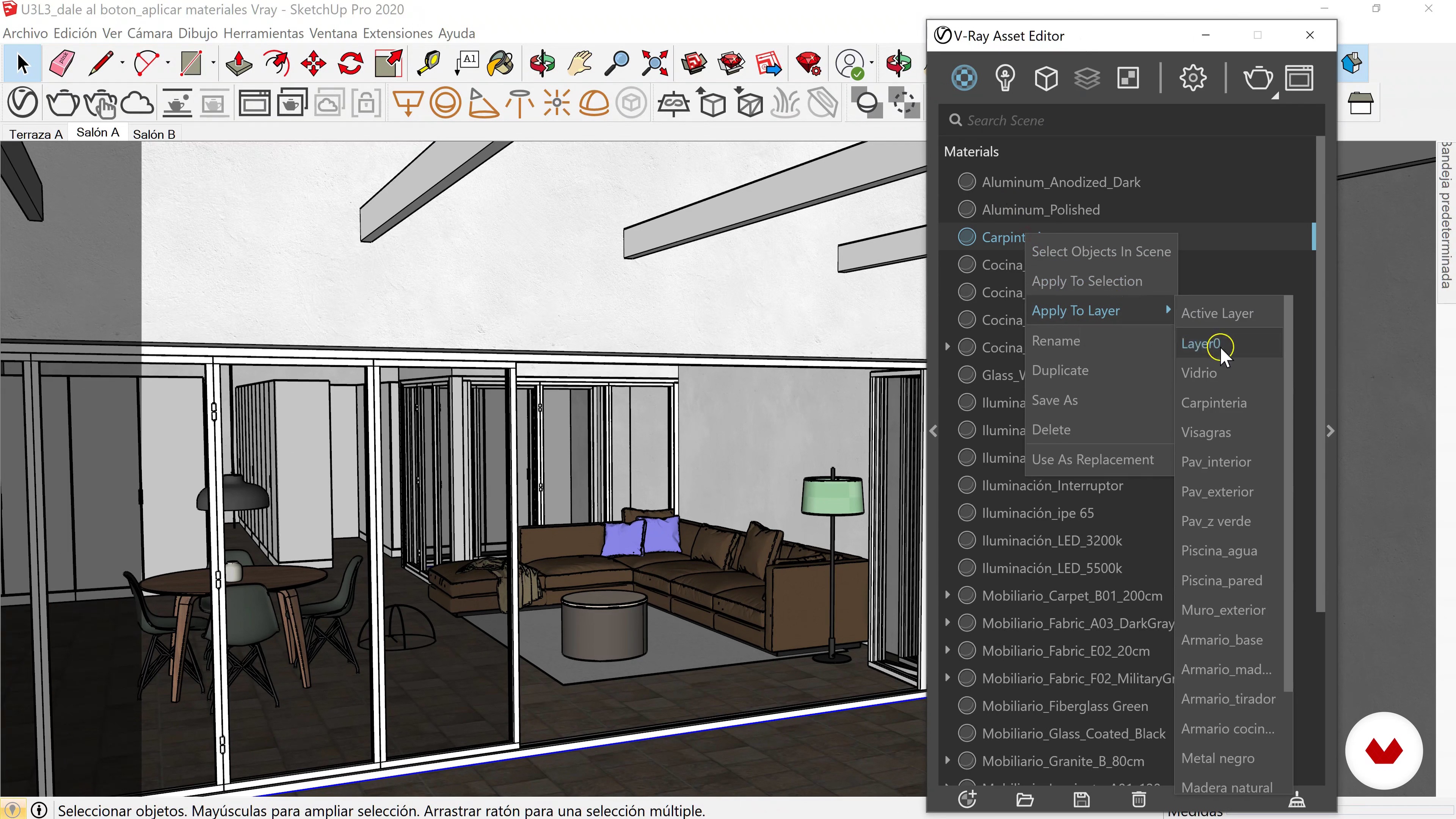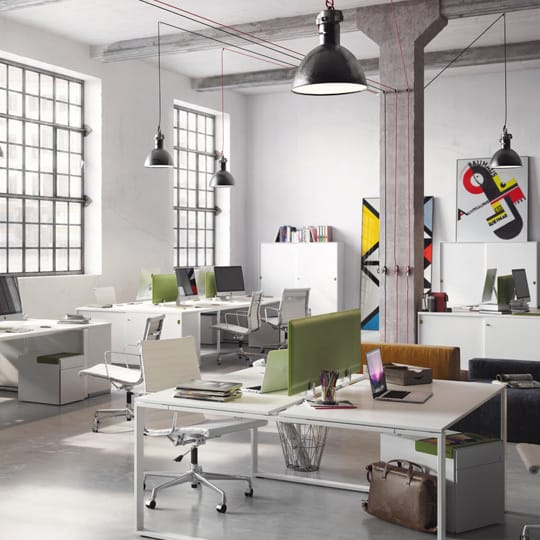
In addition, traditional input methods have limited use in a VR environment where the user cannot see his “real” keyboard & mouse, not to mention the ergonomic challenges of wearing a large bulky headset over extended periods of time. VR headsets require the 3D scene to be rendered twice per frame with consistently high framerates to avoid discomfort, making it difficult to use with complex CAD or building models unless time-consuming preprocessing is employed to reduce triangle and entity count, a process that is hard to scale and automate. Similarly, the ability to train your workforce remotely in a simulated environment simply by shipping a $400 device can result in massive cost savings. Being able to virtually walk around and immerse yourself in a building long before it has been constructed or designing a car in a virtual 3D environment where the model appears in realistic proportions in front of you with real depth perception are obvious game-changers.

The benefits of entertainment and e-commerce are obvious, but VR’s advantages are clear even for architecture and industrial use-cases. Despite lofty initial expectations, VR has clearly not taken over the world, yet there has been a steady rise in adoption.ĭavid Heppelman from PTC often describes AR as “IoT for humans” with its ability to layer information on top of the real world, giving users virtual “superpowers,” allowing them to look through walls in a building and “see” the state of devices around them. Putting on a VR headset for the first time can be a jaw-dropping experience. While some iterations of VR have been around since the mid-’90s, we have finally reached a point where the hardware has become more than practical.

It is fair to say that in the last 5 to 8 years, new and disruptive technologies have emerged that have fundamentally altered the linear path of innovation that has dominated engineering graphics for CAD and particularly the field of Architecture for the preceding 20 to 25 years. The progress has been mostly iterative and predictable, focusing on improving performance for larger and larger models. While photorealism and fancy effects were never the focus in the world of CAD, things have evolved quite a bit from the early days of simple 2D wireframe graphics. EVER SINCE THE RISE OF COMMERCIAL 3D CAD in the early ’80s, engineering graphics has seen a steady pace of innovation, benefitting from Moore’s law and the evolving ecosystem of affordable graphics hardware driven largely by the gaming industry.


 0 kommentar(er)
0 kommentar(er)
